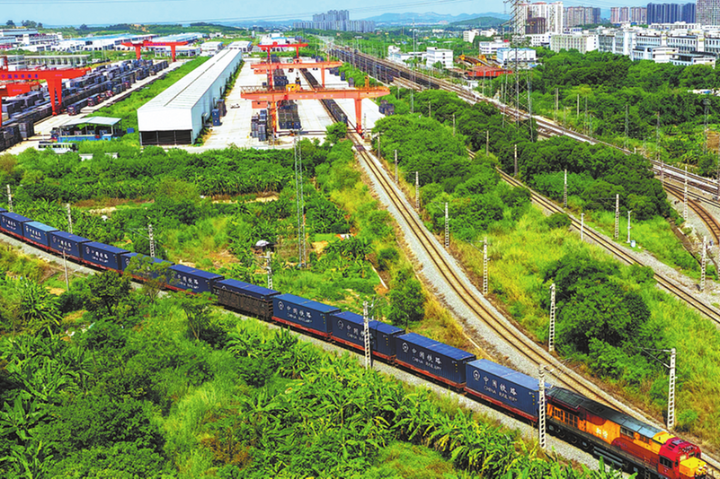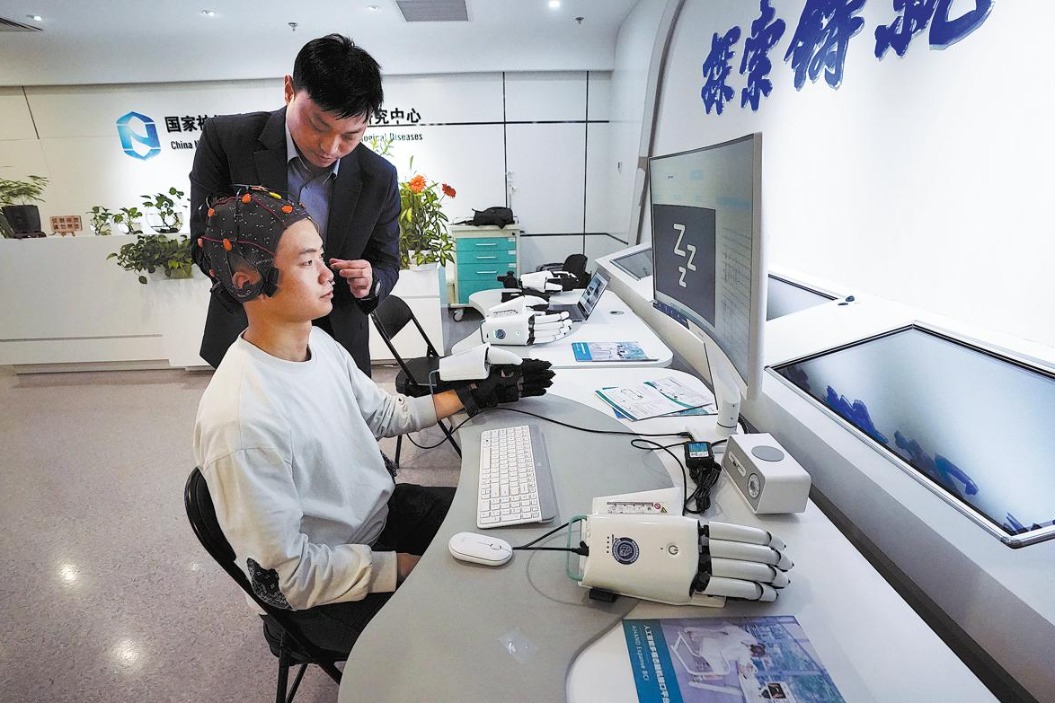Coffee imports to rise on increasing demand
Western-style beverages more popular in China; upward trend to persist in H2
By ZHONG NAN | China Daily | Updated: 2024-08-14 10:14

Driven by a burgeoning middle-income earner group and a rising demand for Western-style beverages, China's coffee imports will rise, positioning the country as a key player in the global coffee industry, said business leaders and market watchers.
China's imports of coffee, tea and spices amounted to 8.78 billion yuan ($1.22 billion) in the first half of the year, soaring 32.5 percent year-on-year, data from the General Administration of Customs showed.
Among them, East China's Jiangsu province imported coffee worth 1.45 billion yuan, ranking first in the country. This represents a 366 percent year-on-year increase and accounts for 37 percent of the total value of coffee imports in China. Nearly 90 percent of these were raw coffee beans, said Nanjing Customs.
Domestic demand for coffee, particularly high-end coffee with diverse flavors, has notably increased, and this trend will continue growing in the second half, said Wang Rui, a sales manager at Suzhou Sudou International Trade Co in Suzhou, Jiangsu.
Wang said the surge in coffee consumption in China is largely due to its quick pace of urbanization and changing lifestyles of the younger generation, which is drawn to the convenience and social aspects of coffee culture.
"In addition to importing coffee beans from Brazil, Colombia, Ethiopia and Uganda, we have expanded our purchase volume from countries like Vietnam, Indonesia, Ecuador and the United States in recent years," she added.
Bei Deqiang, vice-president of Jiangsu AMP Supply Chain Management Co, a Kunshan, Jiangsu province-based warehousing services provider, said that the storage of green coffee beans accounted for less than 5 percent of the company's total business volume in 2020, but had reached nearly 40 percent this year.
Jiangsu AMP's storage of green coffee beans was 13,000 metric tons during the January-June period, jumping 85 percent on a yearly basis.
A growing coffee-drinking population is evident in the rapid proliferation of coffee outlets across major cities. Both international chains and local brands are expanding quickly to meet increased demand, said Bei.
After launching its first cafe on the Chinese mainland in Shanghai in 2022, Blue Bottle Coffee, a specialty coffee roaster founded in Oakland, California, further expanded its presence in South China's Guangdong province, with the opening of its ninth cafe in Shenzhen in early July. It will open its tenth shop in the same city on Friday.
The company said it is looking to tap into the increasing demand for premium coffee experiences among young professionals and urban consumers in the country.
Li Hong, vice-president at Yunnan Agricultural University in Kunming, Southwest China's Yunnan province, said that e-commerce platforms have played a crucial role in boosting coffee sales, making a wide variety of coffee products accessible to consumers nationwide.
The rise of specialty coffee and premium blends has also contributed to the market's growth, as consumers become more discerning about the quality and origin of their coffee, said Li.
Apart from China, the world's rising demand for coffee has created more growth points for manufacturers of coffee-related products.
Yu Hanfen, vice-president of Ningbo Borine Electric Appliance Co, a coffee machine producer located in Ningbo, East China's Zhejiang province, said that innovation will effectively boost the confidence of Chinese manufacturers in the long run.
"For instance, our Malaysian and Turkish rivals may sell a type of automated coffee machine in the European market for between $100 and $200, but we sell it for $300," said Yu.
"We are willing to invest in improving the brewing system, thereby enhancing the taste, and entrust German and Italian institutions to conduct product evaluations," he said.
The company's research and development cycle may take as long as two years, but the final products can be used for more than a decade, Yu added.
























